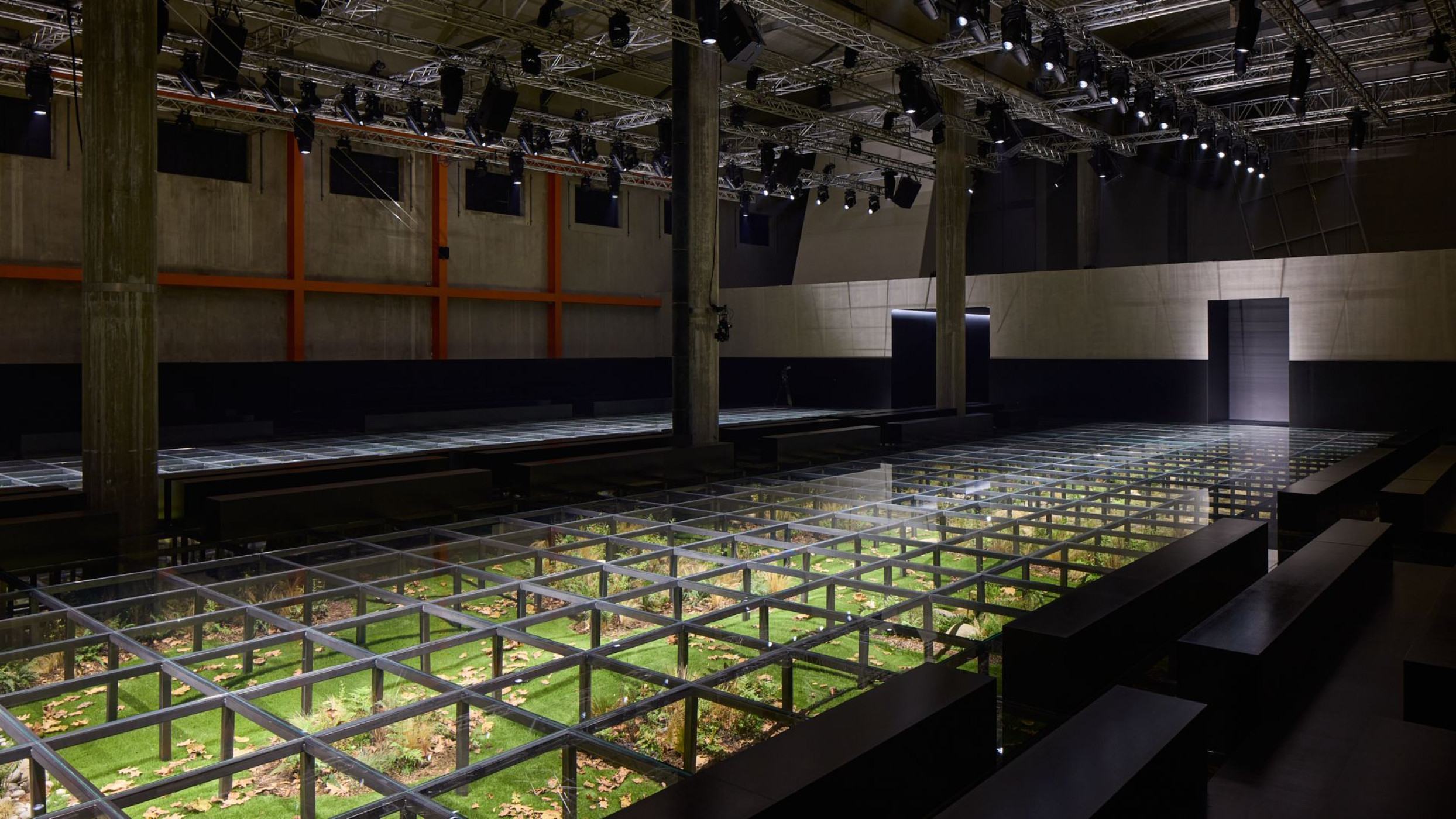

Prada FW24: shaping the modernity
The most amazing thing about Prada is how every single season Miuccia Prada and Raf Simons manage to create something that everyone instantly begins to desire, begins to wear, and, most importantly, begins to imitate, because they see that this is how to be fashionable today. This ability to embody in the most concentrated form the “fashion of the moment” never ceases to amaze us along with the fact that they are doing it citius, altius, fortius, season after season. As a result, even before the seasonal shows begin, you can say with 99% certainty which collection will be the season’s definitive.
This time, the duo seem to have outdone themselves, creating not just the best collection of the season, but one of the most brilliant fashion collections of the last 10 years, at least, one that’s bound to go down in the annals of fashion. It embodies everything that we love about Prada and both of its artistic directors, who, it must be said, are now almost seamlessly united in their co-creation process.
If you try to parse this collection for references, it will contain historical costumes from the last quarter of the 19th century— Prada calls it “Victorian”— with its tournures, culottes, stand-up collars, high-crowned hats, and endless rows of small buttons. But there are also the 1960s with their neat straight dresses, little knitted cardigans, and flowerbed hats — and all this with a specific Milanese twist, which no one does better than signora Prada. And, of course, men's clothing — suits, shirts, peaked caps. As always, there are some mass-produced consumer items, which Prada has always liked to include in the collections. Of course, all this exists together and at once in each look. But these references themselves do not explain anything at all — the whole point is how they are treated and what they are used for.
In the world of Prada, nothing is ever in its usual place or used for its common purpose, and this collection is the apotheosis of this creative method. What looks like a formal suit from the front appears to be cut out with scissors in the back and we see a lining and a silk underskirt, and what is in front turns out to be not a skirt at all, but an apron made from trousers. Another long ecru skirt is made from some kind of linen sheet, with someone's initials embroidered on it, and the linen dress with bows is accompanied by a peaked cap trimmed with feathers. And under a strict black dress, almost indistinguishable from a 1950s vintage one, are embroidered culottes made of delicate linen silk, wrinkled as if they had just been taken out of the chest.
But this is not just a compounding of things from the worlds of different styles, a trick that everyone learned from Prada long ago. For Miuccia Prada and Raf Simons, everything is subordinated to their vision and everything follows the rules of their imagination. And this vision and these imaginations are so powerful that they are instantly installed into our minds, and we immediately understand that this what’s going to be in fashion, and everyone will go out in these flowerbed caps, everyone will put on the silk culottes, and trousers/skirts/aprons will be in every fashion Instagram. Such is the fashion power of Pada, and such is the power of its juxtaposition, which makes everything work as intended, and gives us the most convincing, the most contemporary, the most emotionally charged image of ourselves.
Prada’s aesthetics have long been called “ugly chic,” but Mrs Prada herself spoke about it much more accurately in her recent interview for Vogue US: “To have an idea of a woman as a beautiful silhouette — no! I try to respect women — I tend not to do bias dresses, super-sexy. I try to be creative in a way that can be worn, that can be useful.” Well, Prada has been extremely successful at that.
Text by Elena Stafyeva


















